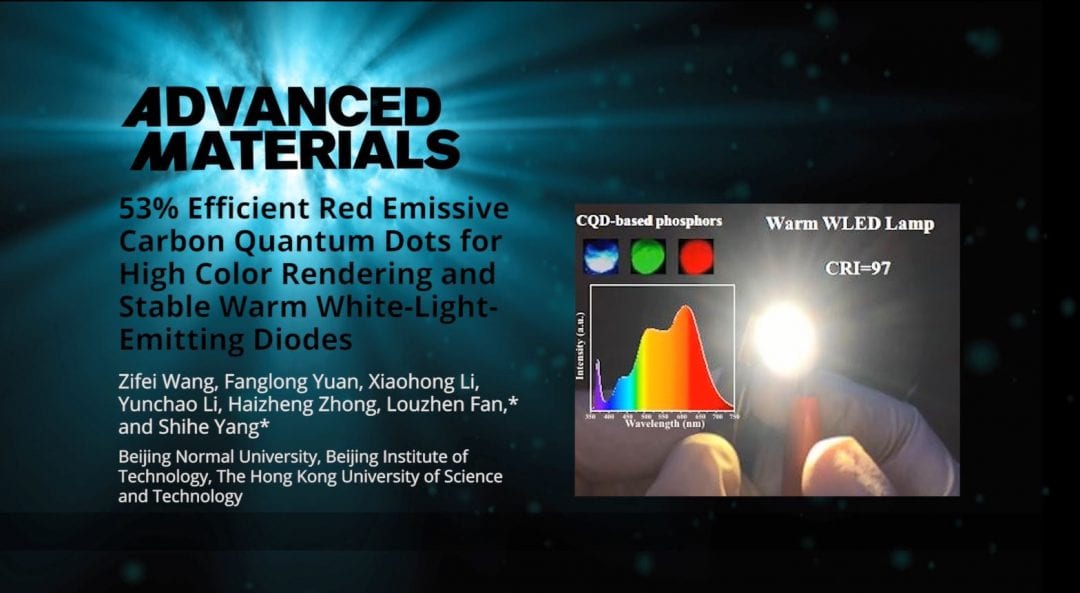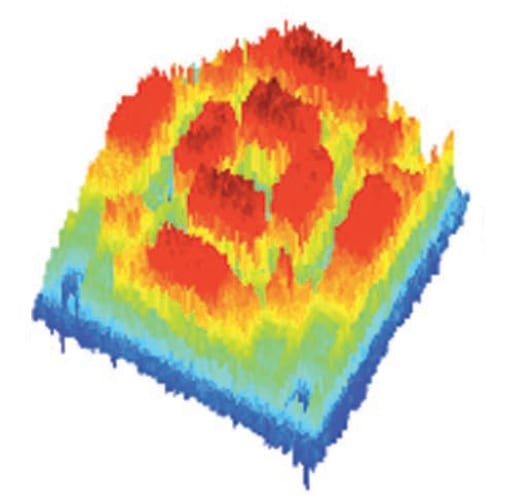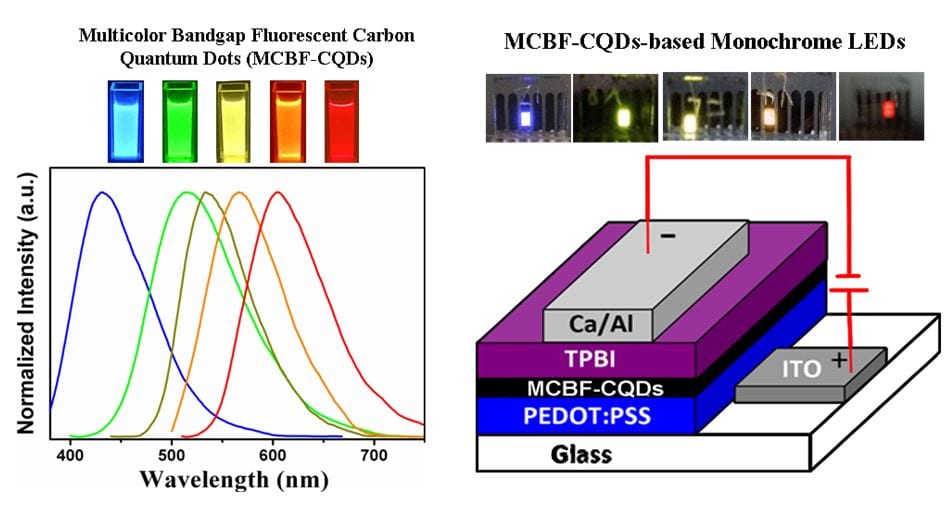By matching the absorption of chloroplasts, dual-wavelength-emitting carbon dots can enhance the efficiency of the biological photosynthetic system both in vivo and in vitro.


By matching the absorption of chloroplasts, dual-wavelength-emitting carbon dots can enhance the efficiency of the biological photosynthetic system both in vivo and in vitro.

Bringing together leading quantum researchers to pave the way towards quantum-enabled devices in the near future.
![A Carbon-Quantum-Dot-Based Electrocatalyst for Hydrogen Evolution [Video]](https://www.advancedsciencenews.com/wp-content/uploads/2018/07/adma201800676_ASN_image.jpg)
A novel ruthenium electrocatalyst based on carbon quantum dots (CQDs) for the hydrogen evolution reaction (HER), using ginkgo leaves as a starting material, is developed.

Merck launches joint project together with partners in industry and science to conduct basic research on quantum materials as light sources.

A novel technology to display information on transparent screens offers new opportunities in next-generation electronics, such as augmented reality devices, smart surgical glasses, and smart windows.

Highly efficient, red-emissive carbon quantum dots (R-CQDs) with a quantum yield of 53% are prepared and a CQD-phosphors-based warm white-light-emitting diode (WLED) is realized for the first time.

An avalanche photodiode design with a quantum dot multiplication structure attains a high maximum gain factor and a superior gain noise performance.

Researchers from the University of British Columbia, Vancouver, believe that 2D barcodes can be made to work harder by fully exploiting the 3D information they actually contain.

The first synthesis and demonstration of multicolor bandgap fluorescent CQDs (MCBF-CQDs) is reported.
New electronics harness quantum tunnelling to create transistors without semiconductors.